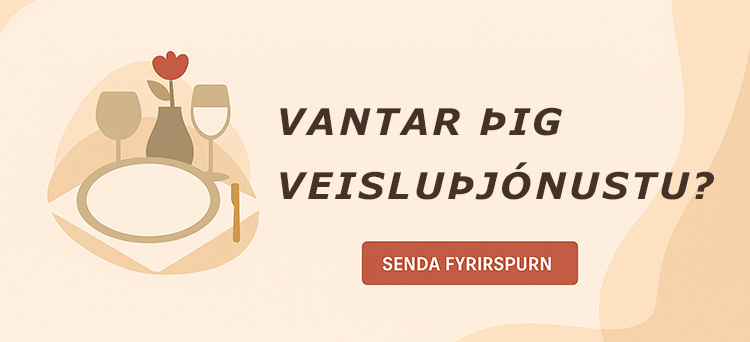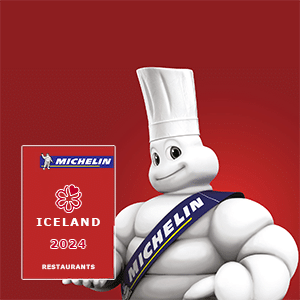Lifid
New York health officials ponder sous vide guidelines
NO one likes to cook with someone hovering over his shoulder. But that’s how it is for many chefs in New York as the city health department draws up rules for restaurants that vacuum-seal food and cook it sous vide, a technique that traps flavor and moisture while it slowly cooks to remarkable tenderness.
Since the New York City Department of Health and Mental Hygiene began ordering chefs to stop using the vacuum-seal equipment required for sous vide recently, some have said the crackdown unfairly forbid a technique that is widely and safely used in Europe, where it was invented.
Something officials say they are most concerned about, which some sous vide chefs in New York do, is the practice of vacuum-sealing raw food for storage. Experts who are helping the department draw up the rules say that is forbidden in restaurants in France because it increases the risk of botulism.
„There is some confusion out there among some people, that they think putting raw product under vacuum inhibits the growth of bacteria,“ said Stanislas Vilgrain, the chief executive of Cuisine Solutions of Alexandria, Va., which packages food sous vide and sells it to hotel chains, airlines and sports venues. „It does not.“
Mr. Vilgrain flew into New York on Friday with Bruno Goussault, a sous vide expert who works for the company and has trained chefs like Joël Robuchon and Thomas Keller in the technique. The purpose of the trip was to give a crash course in sous vide to health department officials and advise them on how the European Union regulates sous vide in restaurants.
 Mr. Goussault said that by law, chefs in France have to cook food immediately after it is vacuum wrapped, to an internal temperature of at least 132.8 degrees, a temperature at which the French authorities say most potentially harmful bacteria are killed.
Mr. Goussault said that by law, chefs in France have to cook food immediately after it is vacuum wrapped, to an internal temperature of at least 132.8 degrees, a temperature at which the French authorities say most potentially harmful bacteria are killed.
Many chefs use the French guidelines. Others take tips from the sous vide bible, „Cocina al Vacío,“ or „Sous Vide Cuisine“ by a Catalan chef, Joan Roca, and Salvador Brugués, which has an English translation (Montagud, 2005) that has been a popular seller at Kitchen Arts and Letters in Manhattan.
Most chefs don’t trumpet sous vide on their menus, fearful of the stigma food cooked in plastic might carry. But the results are so good, said one chef who is clandestinely using the method, that „every now and then someone would ask.“
Perhaps another reason the technique has flourished under the radar, limited to simplified explanations outside the kitchen, is its sheer complexity. Practitioners of the technique have transformed parts of their kitchens into science labs with equipment bought either from commercial distributors or on eBay.
Some vacuum-seal ingredients, cook them, and hold them at a desired temperature. When an order comes in, they snip open the bag and finish the dish. Others vacuum-seal, cook the food to its desired temperature, chill it and refrigerate it until they are ready to  bring it back up to the correct temperature to serve.
bring it back up to the correct temperature to serve.
That means that the lamb shank you order today may have been cooked three days ago, or longer. Chefs who do this say there is no compromise in quality.
Cuisine Solutions said it advised the health department that the life span for vacuum-sealed, cooked and chilled fish was about 7 days, and for similarly treated meat was 8 to 10 days, stored in the refrigerator.
It is not yet clear if any of this will be considered in the health department’s new sous vide guidelines. Until the rules are released this summer, chefs who want to continue vacuum-sealing food have to submit a hazard analysis plan, created by a food scientist or technologist, for approval. The department says it will take one to two weeks for a plan to be approved. The new guidelines may include a boilerplate plan that chefs can adapt to their own kitchens.
In the meantime, officials are enforcing warnings issued at a handful of restaurants where equipment was sealed. These restaurants received an order, with a warning that using the equipment would be a misdemeanor subjecting offenders to possible imprisonment.
That’s a lot to risk for fork-tender lamb shank.
The New York Times

-

 Viðtöl, örfréttir & frumraun2 dagar síðan
Viðtöl, örfréttir & frumraun2 dagar síðanÍsland tók yfir eldhúsið á VOX þegar Sævar Lárusson og Rúrik mættu til leiks
-
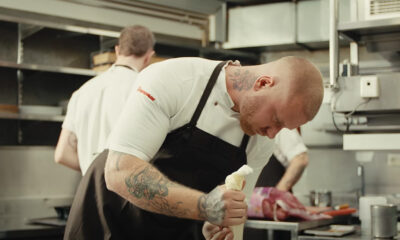
 Viðtöl, örfréttir & frumraun4 dagar síðan
Viðtöl, örfréttir & frumraun4 dagar síðanEr þetta besta jólatréð í bænum, á bragðið? – Vídeó
-
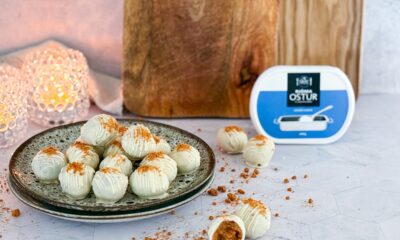
 Markaðurinn3 dagar síðan
Markaðurinn3 dagar síðanHættulega góðar ostakökukúlur með Biscoff og hvítu súkkulaði
-
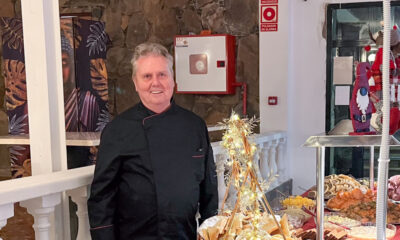
 Viðtöl, örfréttir & frumraun2 dagar síðan
Viðtöl, örfréttir & frumraun2 dagar síðanKristján Örn matreiðslumeistari bauð upp á glæsilegt jólahlaðborð á Gran Canaria – Myndir
-
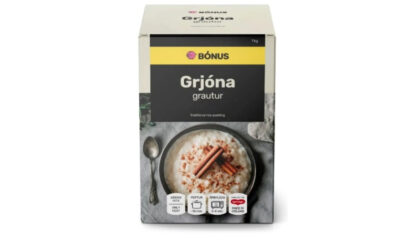
 Frétt2 dagar síðan
Frétt2 dagar síðanAðskotahlutur í Bónus grjónagraut – Matvælastofnun varar við neyslu
-

 Nýtt bakarí, veitingahús, fisk- og kjötbúð og hótel1 dagur síðan
Nýtt bakarí, veitingahús, fisk- og kjötbúð og hótel1 dagur síðanNýtt bakarí í undirbúningi á Öskjureitnum á Húsavík
-
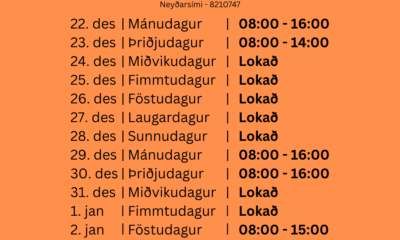
 Markaðurinn1 dagur síðan
Markaðurinn1 dagur síðanRMK heildverslun: Opnunartími yfir hátíðarnar
-
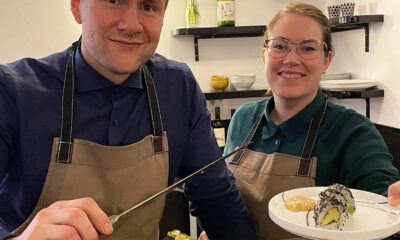
 Nýtt bakarí, veitingahús, fisk- og kjötbúð og hótel9 klukkustundir síðan
Nýtt bakarí, veitingahús, fisk- og kjötbúð og hótel9 klukkustundir síðanSushi staðurinn Majó flytur starfsemi sína í Hof á Akureyri


